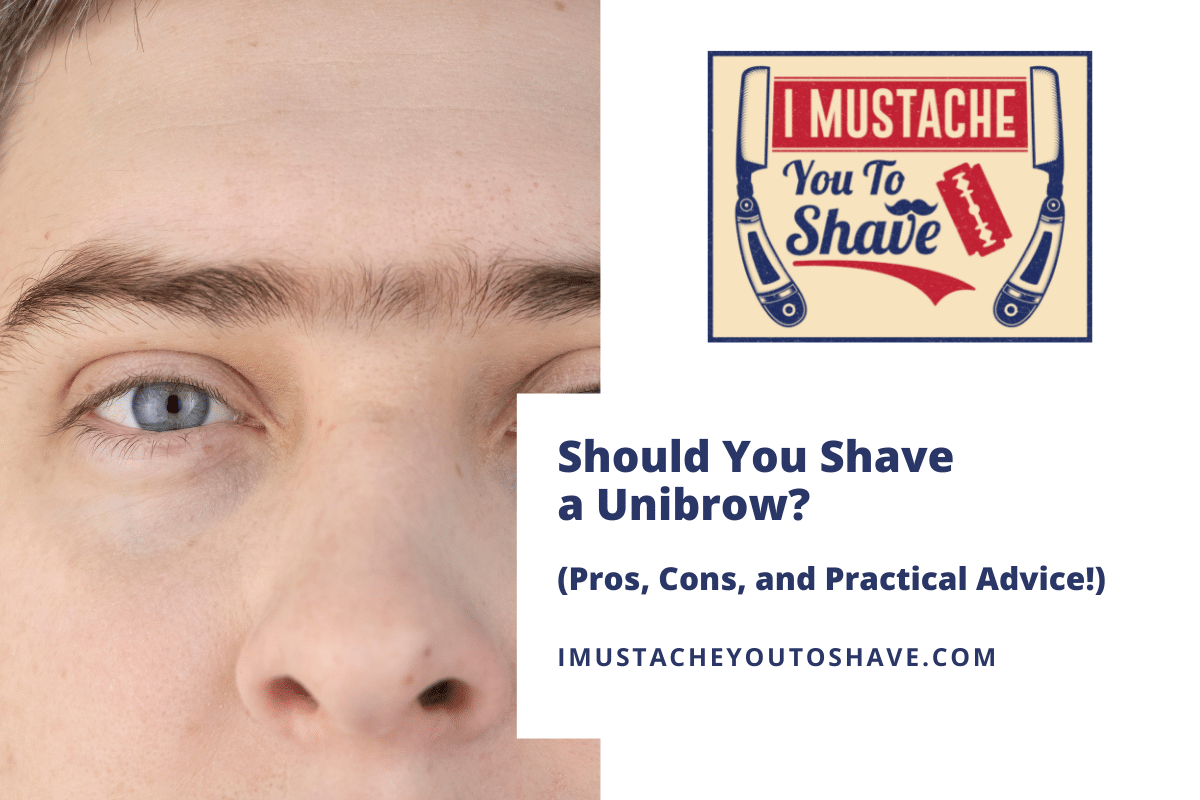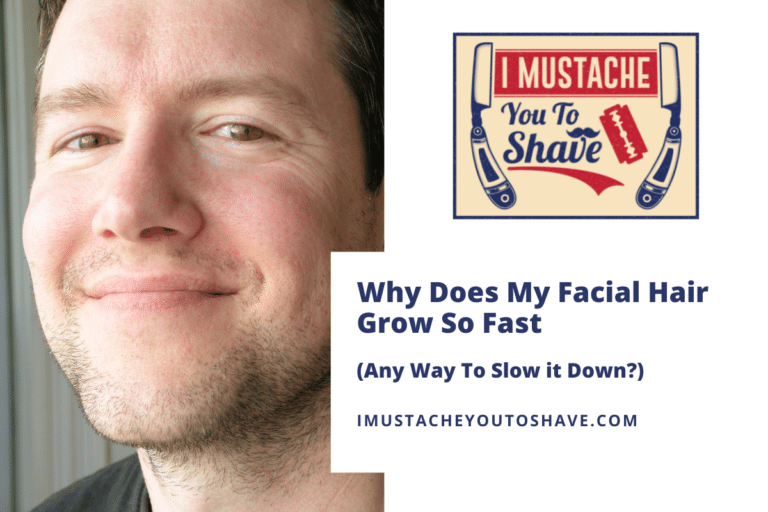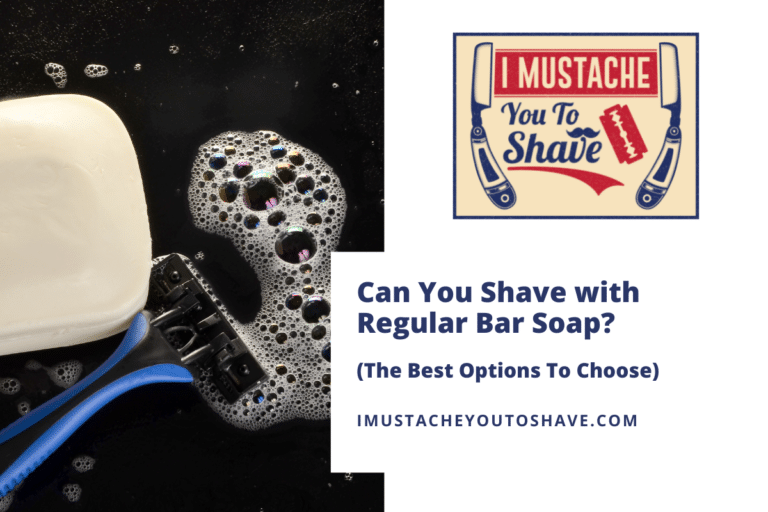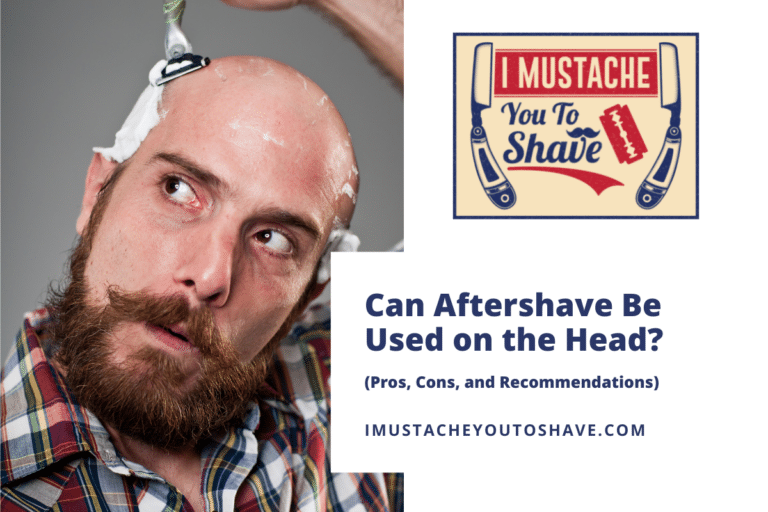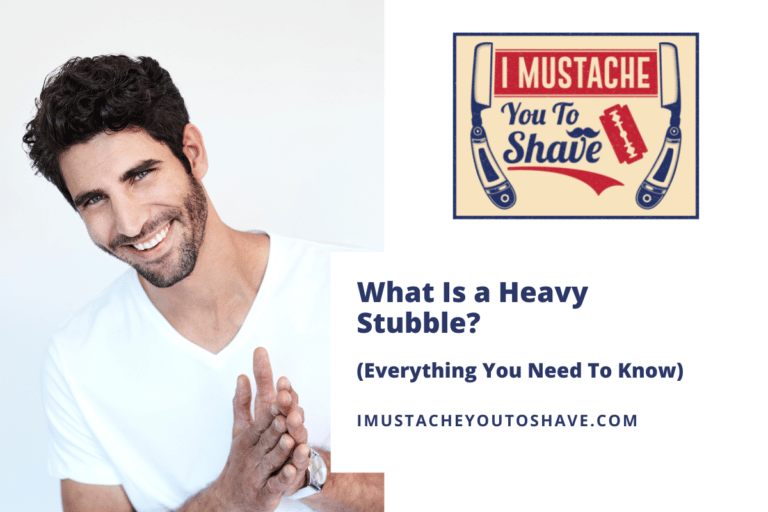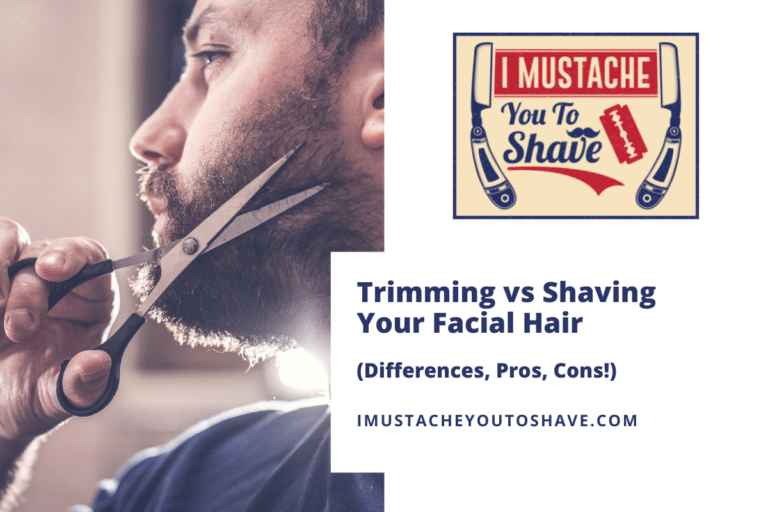Should You Shave a Unibrow? (Pros, Cons, and Practical Advice!)
You get out of bed and stumble to the sink to brush your teeth. You groggily look into the mirror and gasp! You see, not a pair, but one giant hairy eyebrow staring back at you. What happened? Where did the second one go?! It’s time to solve the Mystery of the Unibrow: The case of the kissing eyebrows. What’s a man or woman to do? Should you grab the razor and start shaving? Or consider it a sign of masculinity and beauty?
Shaving a unibrow is a temporary solution to the problem of too much hair growing between the eyebrows. Depending on the speed of hair growth, shaving of the unibrow will need to be done frequently to remove unwanted hair. Other options like plucking and waxing can give more lasting results.
If you feel cursed by the dreaded unibrow, read on to find out how to deal with it!
Is it okay to shave a unibrow?
Unibrows are often the butt of jokes and fodder for memes. We’re used to seeing a pair of eyebrows framing our baby blues, browns, or greens, so a lone brow messes with our sense of symmetry. If you’re not brave enough to embrace the uniqueness, how do you deal with it?
It is okay to shave a unibrow, but it isn’t the most effective method of hair removal. If you shave the hair between your brows, you will need to do it on a regular basis to avoid visible regrowth and stubble.
If you are already used to shaving your face, then shaving your unibrow isn’t much different. However, keep in mind that if you start shaving it, you’ll need to keep it up to prevent a 5 o’clock shadow on your forehead.
Of course, you could always just let it grow and join the “Fear the Brow” movement or start your own Greek or Roman unibrow comeback tour. There’s no shame in embracing those strategically placed hair follicles. Think of your unibrow as a built-in umbrella for the eyes diverting sweat and the elements.
Fun Fact: There’s a medical term for a unibrowj – synophrys – from the Greek meaning “with meeting eyebrows.” Geneticists have recently discovered that specific genes are responsible for unibrow growth and bushy eyebrows. Though rare, unibrows can be a sign of genetic disorders.
If you shave a unibrow will it grow back thicker?
We’ve all heard the warnings of hair removal methods causing thicker hair to return. The good news – that’s a lie. It’s a case of perception versus reality.
Shaving a unibrow does not make it grow back thicker. When the hair begins to grow back, it can look darker, coarser, and thicker because of the angle as it breaks through the surface of the skin.
Thickness is determined by hair follicle shape and genetics. Shaving doesn’t alter those factors.
Can you shave a unibrow with a razor?
If you’re not up to channeling your inner Muppet, a razor provides a quick, temporary fix to the monobrow problem.
You can shave a unibrow with a razor. Use caution as getting heavy-handed can shave off too much of your wanted eyebrow. Shaving with a razor will only be effective if you keep it up as new hair grows. Wet shaving will give you a closer shave in the area. Electric razors often have trimmer attachments for small areas like the bridge of the nose.
If eliminating all traces of invading hair between the eyes is your goal, then a close shave with a safety razor will be your cleanest choice. However, be very careful to keep between the eyes. One slip of the hand can cut off more than you bargained for.
Electric trimmers won’t give you as close of a shave, but they often come with handy attachments that can target the small area efficiently reducing the chances of an eyebrow hack job.
Since unibrows are a hairy little secret for a large number of the population, the dermaplane was born. Marketed primarily to women, this small-headed razor is made to rid the face of unwanted hair. It can be used on both wet and dry skin and is perfect for the bridge of the nose.
Should you shave a unibrow, pluck it, or wax it?
The best method of ditching the unibrow is really up to your time constraints, hair growth speeds, and pain threshold.
Shaving the unibrow is a quick hair removal method but the results are temporary. Plucking the unibrow takes longer and involves some discomfort, but it provides a longer-lasting result. Waxing provides the longest hair-free result but takes either a visit to a professional or some skill.
Shaving is definitely the easiest because it uses a tool we already have, and such a small area only takes a couple of swipes. The downside is you’ll have to do it every day or two.
Plucking with tweezers will provide longer-lasting results, but it can be painful and time-consuming to pull each individual hair out by the root.
Waxing is a more permanent method, but the pain can be pretty intense when used on virgin skin. It’s usually smart to let a professional handle this method, so you can close your eyes and grit your teeth.
Tips for dealing with a unibrow
Shaving, plucking, and waxing are all effective methods for dealing with a unibrow. If you decide to keep it, wear it with pride and confidence.
You have several options for effective unibrow control You can do them all at home or you can see a professional:
- Wet shave with caution
- Try out a dermaplane
- Use an electric trimmer
- Pluck away
- Wax on, wax off
- Wear it with pride
Whether you use some form of razor, tweezers, or wax, a steady hand, patience, and skill can effectively erase your unibrow. If you decide to go au natural, good for you! Unibrows unite!

